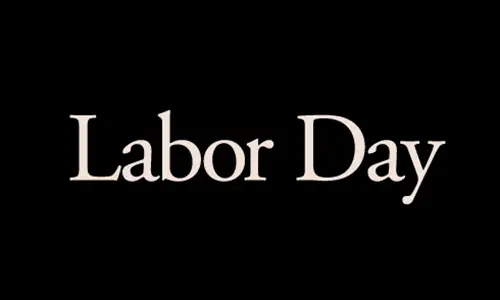Labour Day is America’s tribute to the men and women who have been the corner stone of the nation’s strength, prosperity and well-being. The concept is the brain child of the American Labour Unions and is dedicated to the social and economic achievements of the American Worker.
FACT 1: Labour Day is celebrated on the first Monday in September. It is a legally a National Holiday in all the states and territories of the United States. Canada too celebrates Labour Day on the 1st Monday in September. In USA it is spelt ‘Labor Day’ and in Canada it is spelt ‘Labour Day’.
FACT 2: Outside of North America Labour Day is also May Day. It falls on the 1st of May regardless of the day of the week. First May is recognised by the International Labour Organization as Labour Day
FACT 3: Both Labour Days actually originated in the United States. Two labourers, a carpenter and a machinist, both having similar names, compete for the position of ‘Founding Father of Labour Day.
FACT 4: Peter McGuire was the General Secretary of the Brotherhood of Carpenters and Joiners. He was also the co-founder of the American Federation of Labour. Peter McGuire held that labour ‘creates grandeur from raw nature’. He wanted to pay tribute to labour by dedicating a day to it. In the 1880’s, the Industrial Revolution Era in the US, labour worked twelve hours a day seven days a week. Many of them worked in extremely unsafe conditions. As manufacturing began to supplant agriculture as the backbone of the American economy, labour unions became stronger and more vocal. They also started to band together.
FACT 5: Matthew Maguire was a mechanist. He was the secretary a member of the ‘Knights of Labour’ and went on to become the secretary of the Central Labour Union, New York City. In 1882, he proposed a parade to show the strength and ‘espirit de corps’ of the trade and labour unions. The Central Labour Union approved his proposal and appointed a committee to plan a demonstration and picnic, for the American working man and his family.
FACT 6: The first Labour Day was held on Tuesday 5th September 1882.The first Labour Day Parade was scheduled to kick off from City Hall, Manhattan, at 10am. A sceptical public began to line the streets long before 10. A 9 am the police anticipating violence took up position along Manhattan. A posse of club wielding mounted officers was also in attendance.
FACT 7: When the Grand Marshall of the parade William McCabe arrived there were just a handful of marchers and no band. The spectators jeered delightedly. Fortunately the Jewellers Union of Newark arrived with 200 marchers and a band. McCabe and his marchers fell in behind them. More and more unions joined in as they marched through the streets of New York. By the time the parade terminated in Reservoir Park at 12 noon there were between 10 and 20 thousand workers marching.
FACT 8: After the parade many workers went back to work, but many stayed on for the after parade party at Wendell’s Elm Park. The party carried on till 9pm and was replete with speeches, picnics, cigars and beer.
FACT 9: The success of the first Labour Day led to the spread of the concept throughout the United States. The second Labour Day was held on 5th Sept 1883. Municipal ordinances in 1885 and 1886 recognized Labour Day in the states. On Feb 21st 1887, the State of Oregon made Labour Day a holiday by Legislative Enactment. Other States soon followed. In 1894, on June 28, Congress passed an Act making the first Monday in September each tear, a legal holiday.
FACT 10: Labour Day as celebrated in other parts of the world on May 1, also has its roots in the US. The day commemorates the Haymarket Riots of 1886, when peaceful protestors of the Chicago workforce were attacked by the police, leading to several deaths of either side. May Day was declared Labour Day, but in the US, Labour Day is still in September and marks the beginning of the back to school season.









Leave a Reply